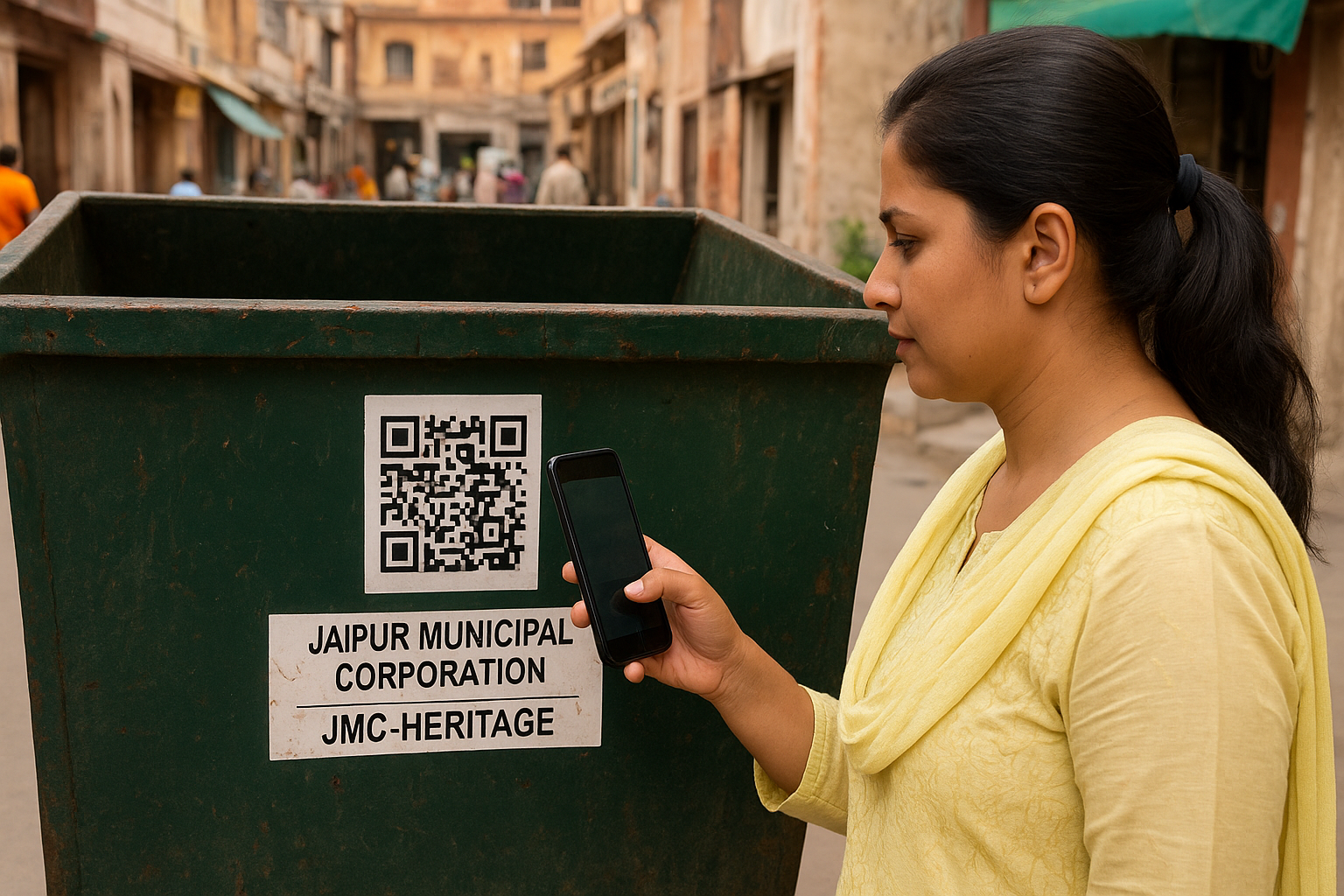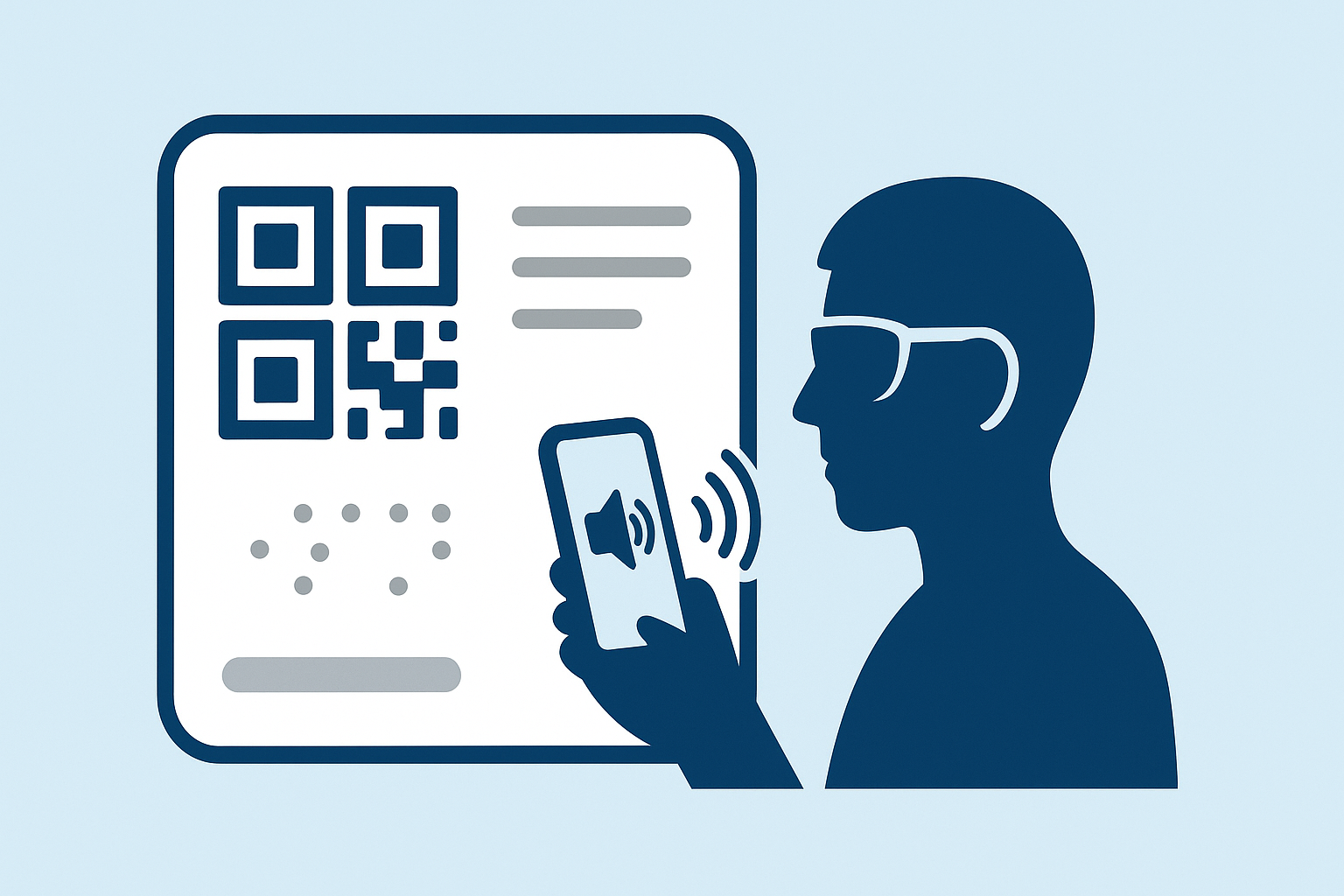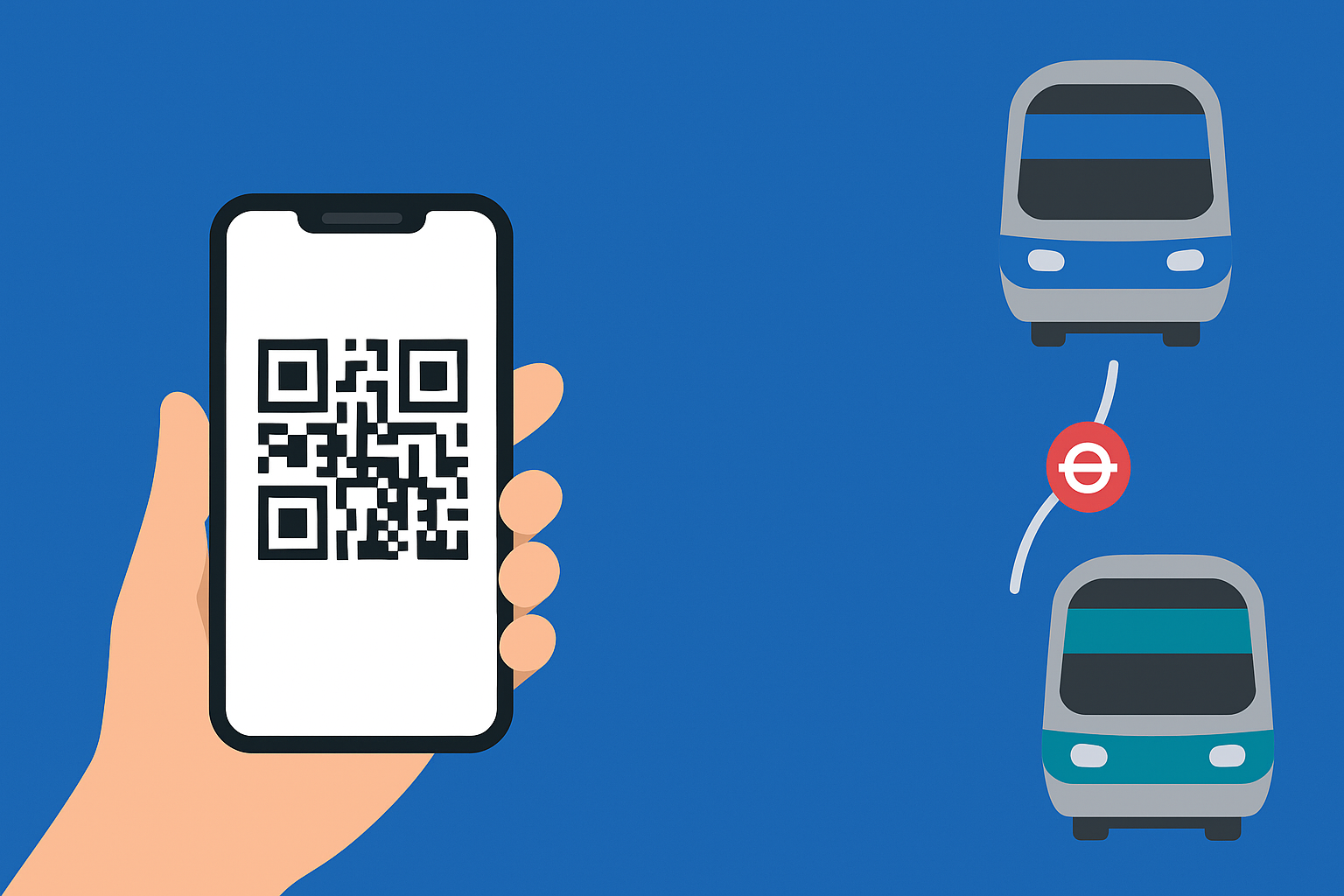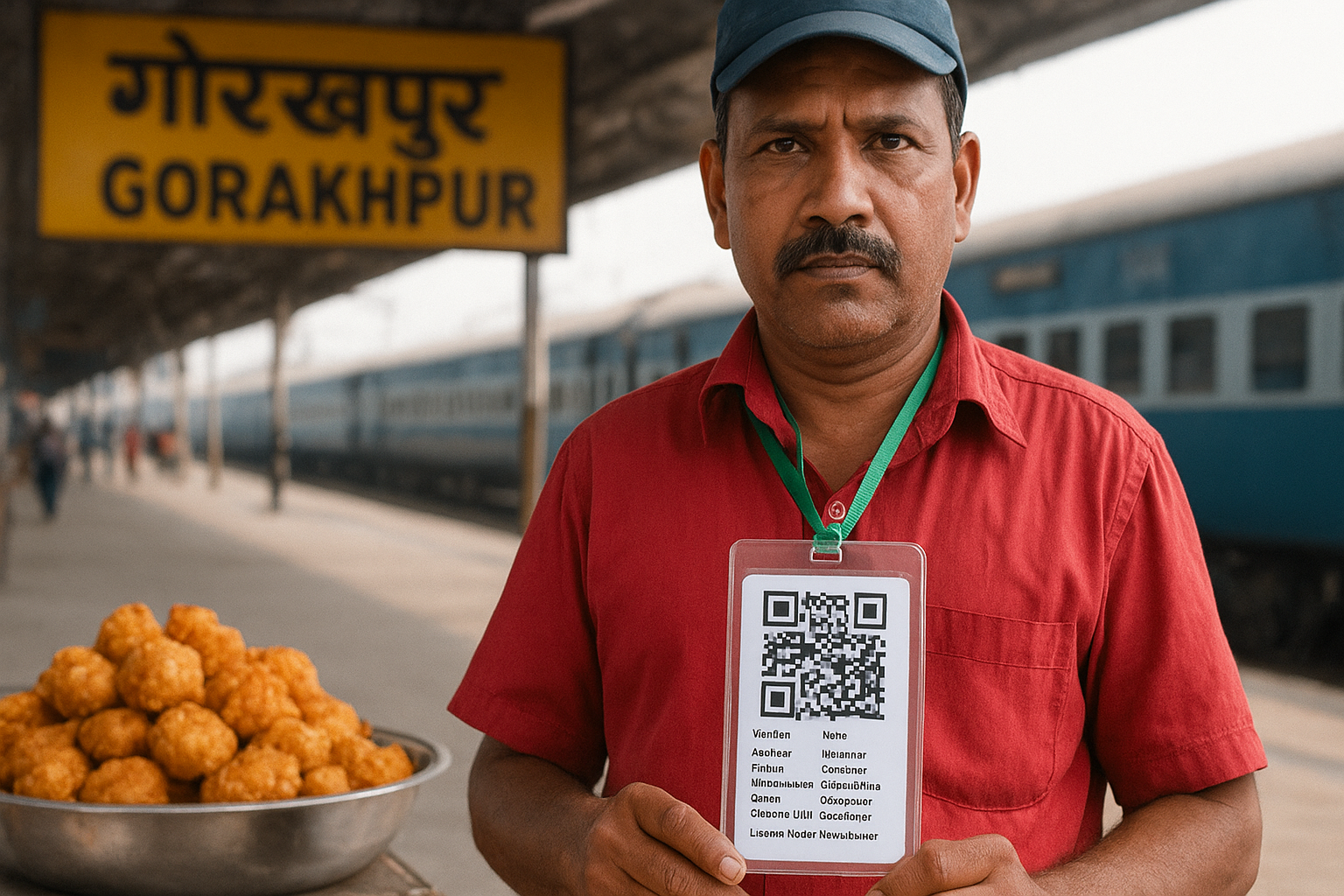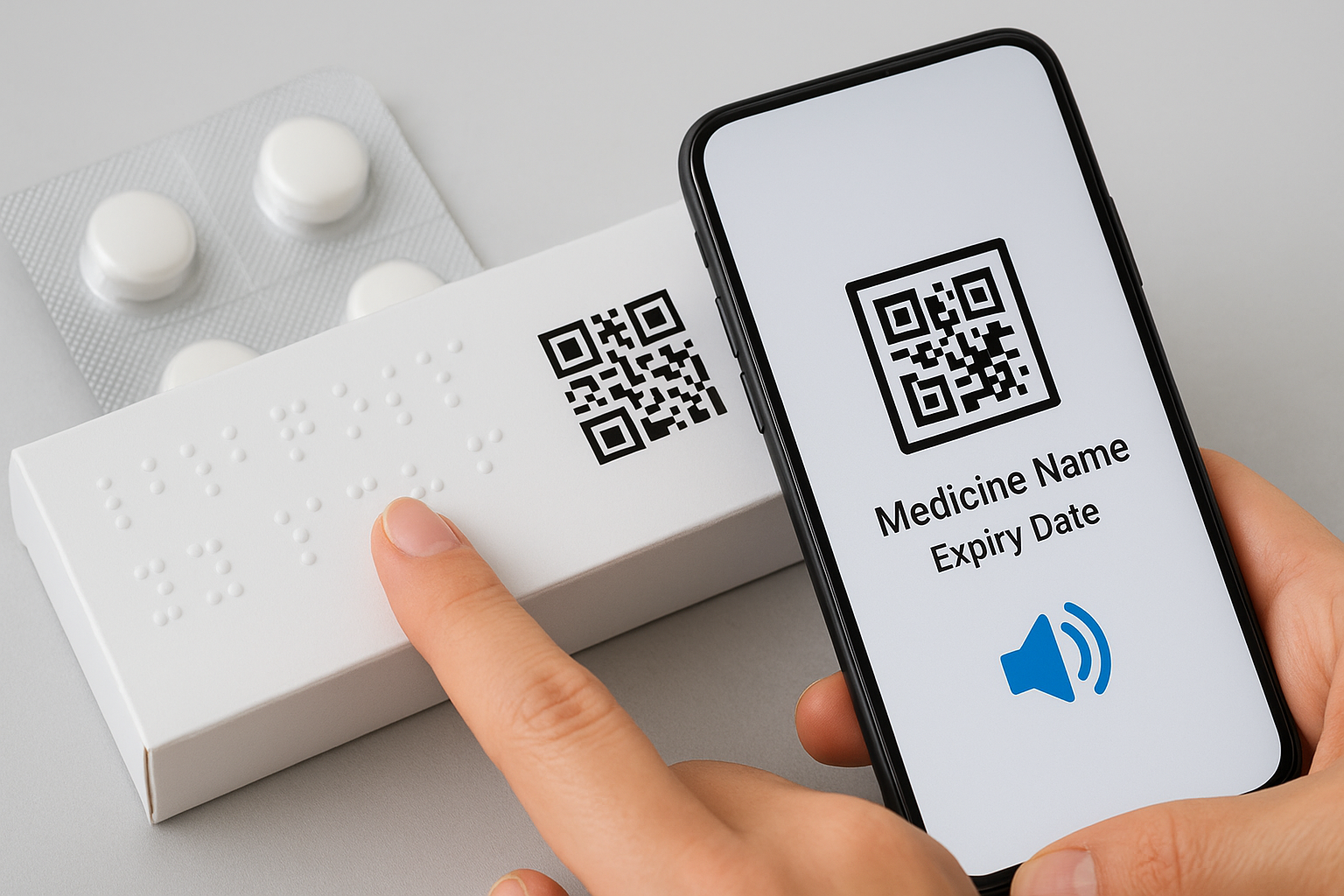Quick Summary
Jaipur Municipal Corporation - Heritage (JMC-H) has begun piloting a QR code complaint system that lets residents report missed garbage collection by scanning hoppers and public spaces, boosting accountability for private contractors.
Table of Contents
1. Background: Why the Change?
- Irregular garbage collection: Hoppers often reach Jaipur's Walled City late or not at all, leading to litter, odour, and citizen complaints.
- Demand for transparency: Legacy complaint channels have been slow with limited visibility. JMC-H saw an opportunity to improve feedback loops.
- Leveraging everyday tech: QR codes offer an affordable way for smartphone users to participate directly in civic upkeep.
2. How the QR Code System Works?
- QR placement: Codes are affixed to garbage hoppers, public parks, markets, shops, and select slum areas.
- Scan and submit: Residents scan the code to log complaints about delayed pickup, overflowing bins, or unclean surroundings. Entries reach the civic dashboard instantly.
- Data tracking: Each scan becomes a data point, highlighting service gaps for targeted action.
- Contractor accountability: Private operators must respond to logged complaints, with JMC-H monitoring closure timelines.
3. Pilot Phase: Where It's Started & What's Covered?
- Launch date: 1 September 2025.
- Pilot ward: Ward 54 in Civil Lines.
- Coverage: QR codes deployed across slums, public markets, parks, and commercial stretches touching the heritage belt.
4. Roles & Responsibilities: Who Does What?
| Stakeholder | Role in the System |
|---|---|
| Residents / Citizens | Scan QR codes, log complaints, and offer feedback on waste services. |
| Private Contractors | Operate hoppers, empty bins, and respond to QR-triggered complaints promptly. |
| JMC-Heritage (Commissioner & Sanitation Dept.) | Manage QR deployment, analyse data, enforce contractor accountability, and plan scaling. |
| Ward Officials / Zone Supervisors | Ensure codes remain visible, functional, and that complaints see timely follow-up. |
5. Expected Benefits & Challenges
Benefits
- Accessible complaint filing without visits or calls.
- Transparent tracking for citizens and civic officials.
- Sharper contractor accountability.
- Cleaner, better-preserved heritage precincts.
Challenges
- Smartphone access and digital literacy gaps.
- QR stickers require upkeep against damage or vandalism.
- Complaint trust hinges on swift action by contractors.
- Scaling the model citywide may demand more manpower and funding.
6. Expansion Plans & Future Outlook
- Gradual rollout: Results from Ward 54 will guide expansion into additional wards, with the heritage core high on priority.
- Data-led sanitation: Complaint analytics could influence route planning, contractor KPIs, and resource allocation.
- Citizen engagement: Awareness drives, signage, and integration with broader smart-city dashboards may follow.
- Tech partnerships: QR infrastructure could integrate with mobile apps or real-time public monitoring tools.
7. Conclusion
The JMC-Heritage QR complaint initiative signals a shift toward participatory sanitation in Jaipur. By empowering residents to report lapses on the spot and holding private operators accountable, the city is taking a pragmatic step toward cleaner streets and preserved heritage charm. The pilot's success will hinge on awareness, digital access, and speedy redressal—but if those pieces align, Jaipur's garbage management could become a model for other Indian cities.


